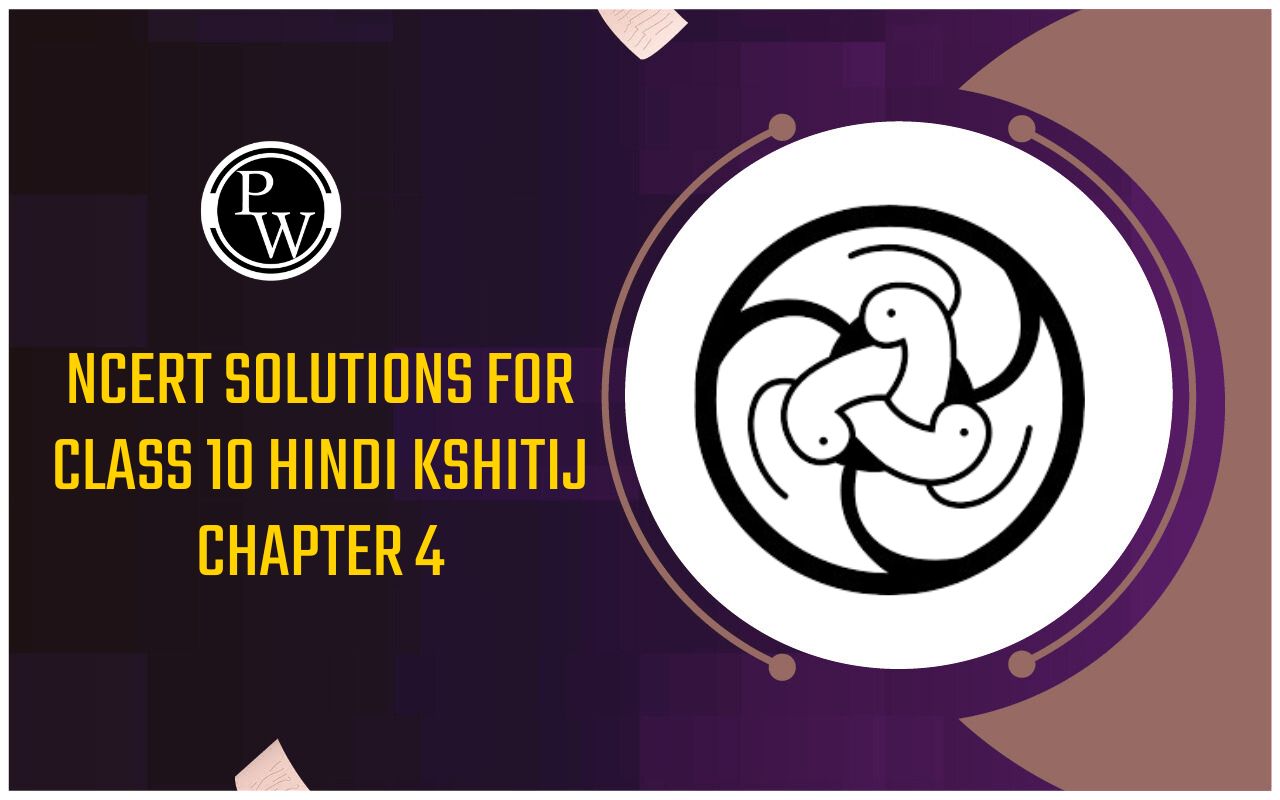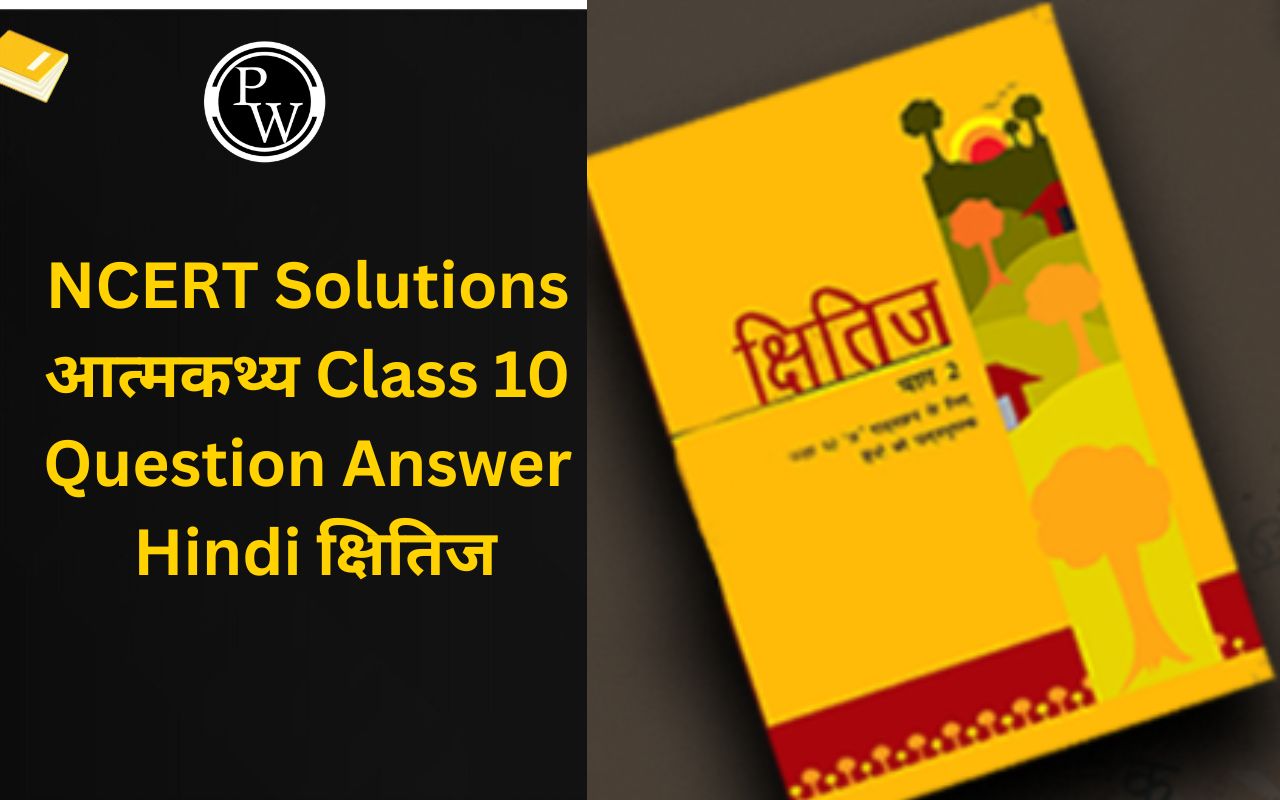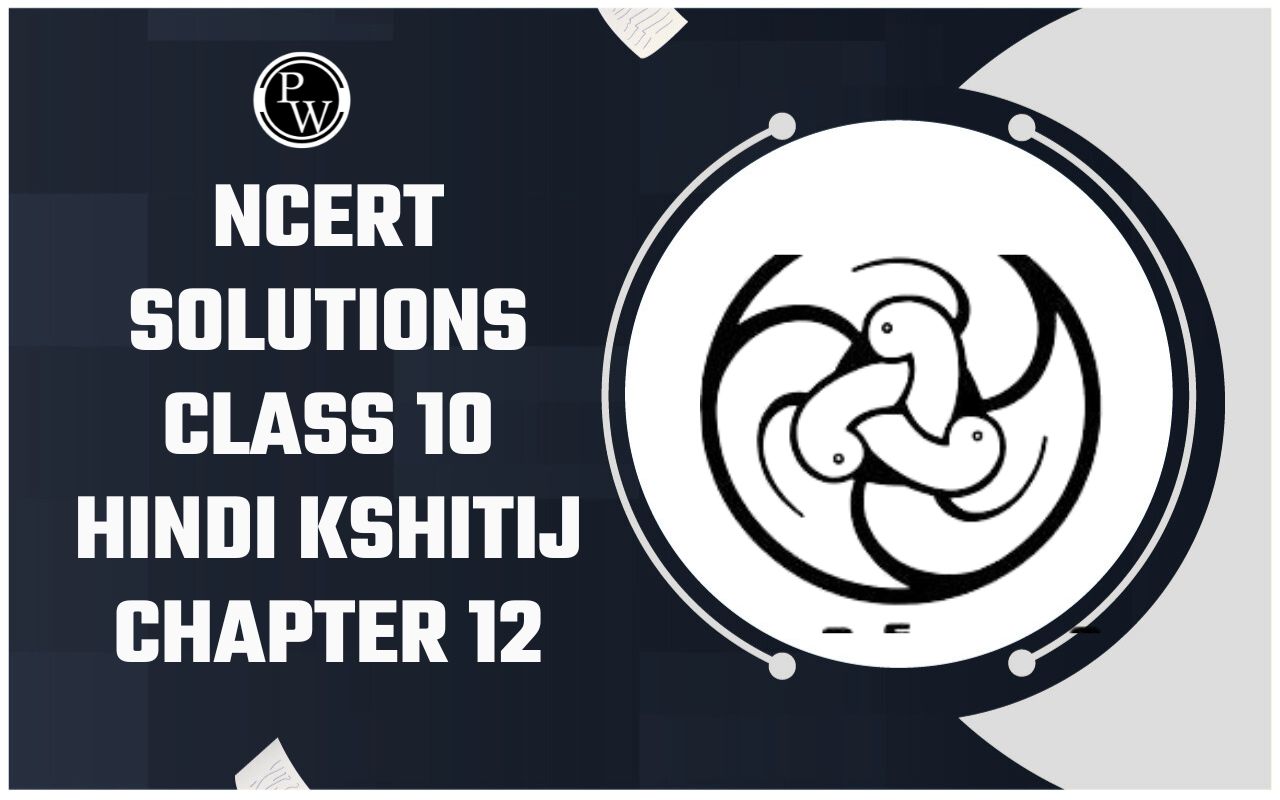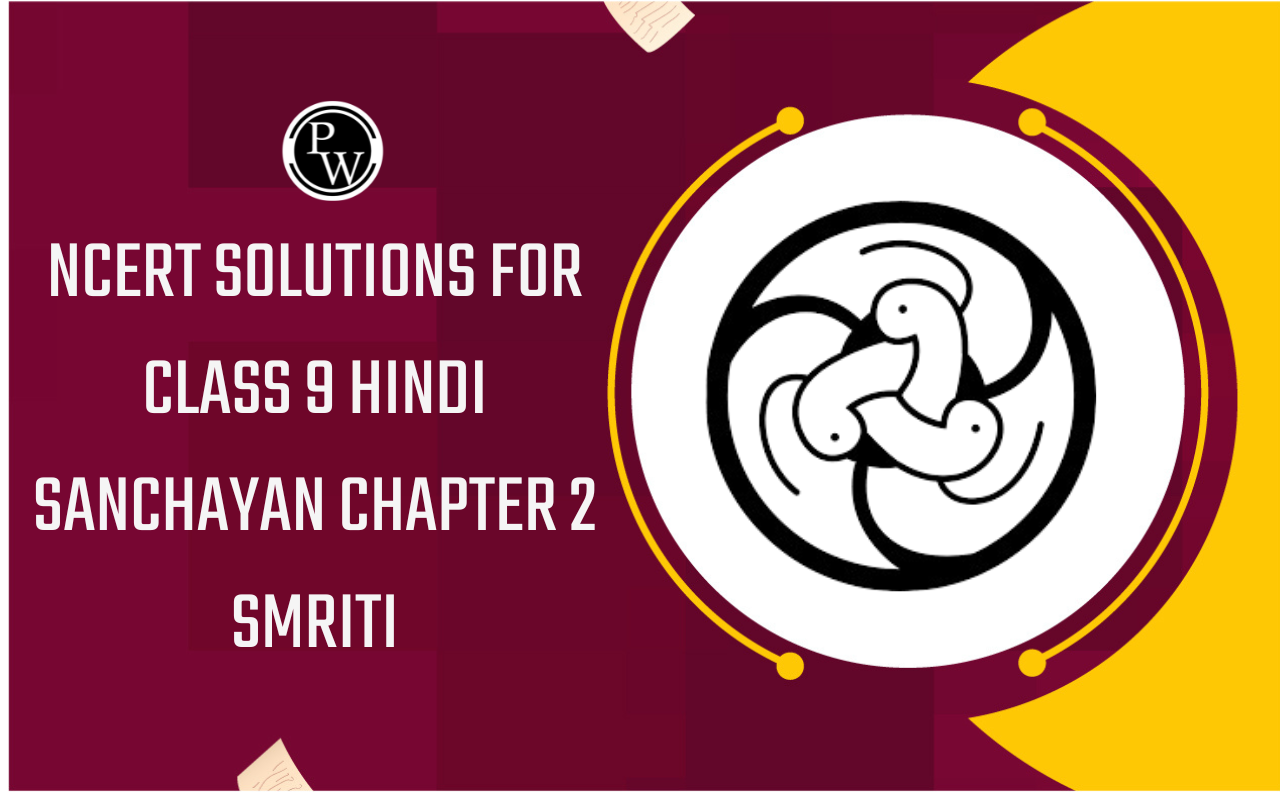
Physics formula for class 9 chapter-Motion
Jul 04, 2022, 16:45 IST
Motion
- Motion means movement.
- The motion of an object is perceived when its position changes continuously with respect to some stationary object.
- In certain situations, motion is inferred through indirect evidence
- The states of rest and motion are relative. An object may appear to be moving with respect to one person, and the same object may appear to be at rest with respect to another person.
- To locate the position of an object, we have to choose some suitable reference point, called the origin.
Distance and Displacement
- The distance travelled by an object is the length of the actual path traversed by the object during motion.
- The displacement of an object in motion is the shortest distance between the initial position and final position of the object.
- Distance is a scalar quantity having magnitude only. Displacement is a vector quantity having both the magnitude as well as direction.
- The distance travelled by an object in motion can never be zero or negative. The displacement can be positive, zero or negative.
- When final position of an object in motion coincides with its initial position, the displacement is zero, but the distance travelled is not zero.
- Between two given positions, distance travelled can never be less than the displacement.
Speed and Velocity
Speed of a body is a measure of rate of motion of the body . It is equal to distance travelled by the body in unit time.

It is measured in m/s or cm/s or km/h.
Velocity of a body is defined as the distance travelled by the body in a given direction in unit time. Thus,

Solved Examples
Q1. Calculate the speed of z body in m/s and km/hr if it travles 30 kms in 6 hrs
Solution: Distance (s) = 30 km
Time (t) = 6 hrs
speed (in km/hr) = Total distance/Total time = 30/6 = 5 km/hr
30 km = 30 x 1000m = 30,000 m
6 hrs = 6 x 60 x 60 sec
speed (im m/s) = (30 x 1000)/ (4 x 60 x 60) = 1.6 m/s
Q2. During first half of a journey by a body it travel with a speed of 60 km/hr and in the next half it travels with a speed of 10 km/hr. Calculate the average speed of the whole journey.
Solution: Speed during first half (v1) = 60 km/hr
Speed during second half (v 2 ) = 10 km/hr
Average speed = (v1+v2)/2 = (60+10)/2 = 70/2 = 35
Average speed by an object (body) = 35 km/hr.
Q3. A car travels 30 km in first hour, 60 km in second hour and 10 km in third hour. Calculate the average speed of the train.
Solution: Speed in Ist hour = 30 km/hr
Distance travelled during 1st hr = 1×30= 30 km
Speed in 2nd hour = 40 km/hr
Distance travelled during 2nd hr = 1×60= 60 km
Speed in 3rd hour = 30 km/hr
Distance travelled during 3rd hr = 1×10= 10 km
Average speed = Total distance travelled/Total time taken
= (30+60+10)/3 = 100/3 = 33.3 km/hr
Acceleration
Acceleration of a body is defined as the rate of change of velocity of the body with time.

Unit of acceleration = m/s 2 , cm/s 2 , km/h 2
Examples:
Q1. A car speed increases from 30 km/hr to 50 km/hr in 4 sec. Calculate the acceleration of car.
Solution: u = 30km/hr = (30×5)/18 = 25/3 = 8.33 m/s
v = 50 km/hr = (50×5)/18 = 150/9 = 13.8 m/s
t = 4 sec
a = (v-u)/t = (13.8 - 8.33)/5
= 5.47/5 = 1.094 ms-2
Q2. A car travelling with a speed of 30 km/hr comes into rest in 0.5 hrs. What will be the value of its retardation?
Solution: v = 0 km/hr
u = 30 km/hr
t = 0.5 hrs
Retardation, a’ = (v-u)/t = (0-30)/0.5
= -300/5 = -60 km hr-2
In physics, equations of motion are equation that describe the behavior of the physical system in terms of its motion as a function of time. Specifically, equation of motion define the behavior of the physical system as a set of mathematical functions depending on the variables.
- v = u + at
- s = ut + 1/2at 2
- v 2 = u 2 + 2as
Physics Wallah team and faculty members prepared all required Physics Formula for physics class 9 of chapter Motion in pdf sheet. NCERT text book is highly recommend to class 9 student do solve numerical and use as reference NCERT solutions for class 9 Science. Students can also visit CBSE class 9 Physics Notes as it will be very helpful for them to understand the concepts.
Also Check
Download Free Pdf sheet of all formulas of Chapter - Motion Class 9 below.









